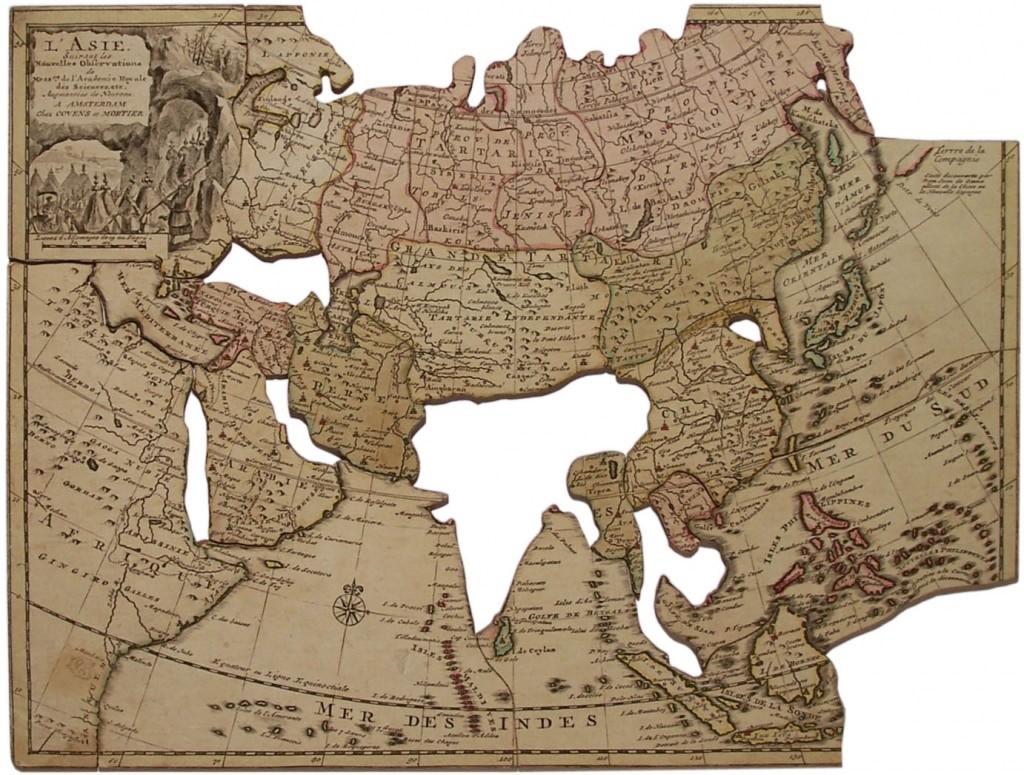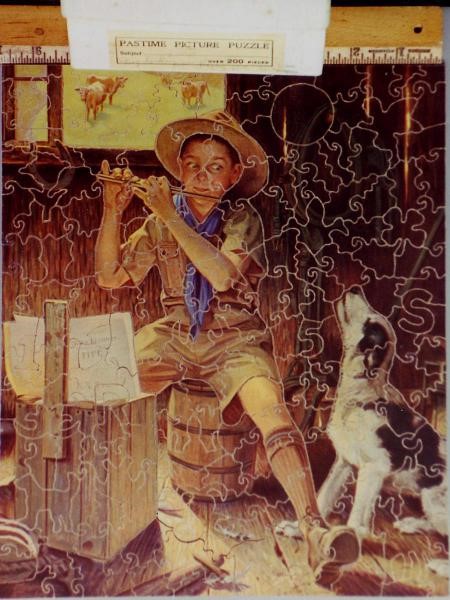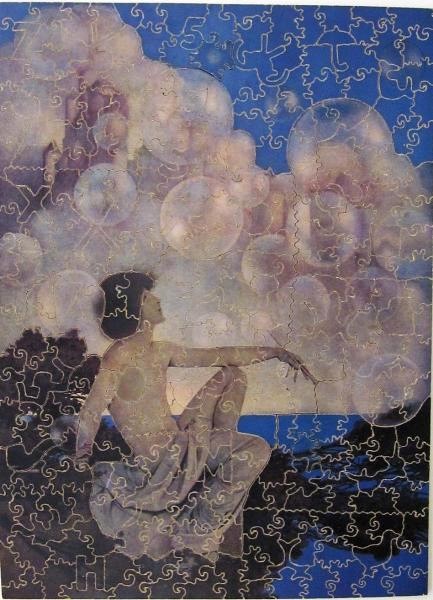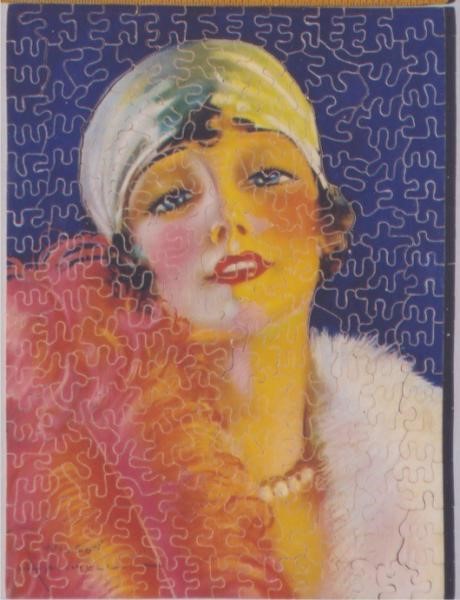Bestsellers
Go to filters
-
 $18.99
$18.99 -
 $18.99
$18.99 -
 $22.99
$22.99 -
 $22.99
$22.99 -
 $18.99
$18.99 -
 $19.99
$19.99 -
 $24.99
$24.99 -
 $18.99
$18.99 -
 $24.99
$24.99 -
 $24.99
$24.99 -
 $15.99
$15.99 -
 $15.99
$15.99 -
 $15.99
$15.99 -
 $19.99 $16.00
$19.99 $16.00 -
 $19.99 $16.00
$19.99 $16.00 -
 $19.99 $16.00
$19.99 $16.00 -
 $19.99 $16.00
$19.99 $16.00 -
 $19.99 $10.00
$19.99 $10.00 -
 $19.99 $10.00
$19.99 $10.00 -
 $9.99 $8.00
$9.99 $8.00 -
 $9.99 $8.00
$9.99 $8.00 -
 $9.99 $8.00
$9.99 $8.00 -
 $29.99 $15.00
$29.99 $15.00 -
 $19.99 $16.00
$19.99 $16.00 -
 $26.99 $22.00
$26.99 $22.00 -
 $14.99 $12.00
$14.99 $12.00 -
 $18.99 $15.00
$18.99 $15.00 -
 $15.99 $13.00
$15.99 $13.00 -
 $15.99 $13.00
$15.99 $13.00 -
 $22.99 $18.00
$22.99 $18.00



































